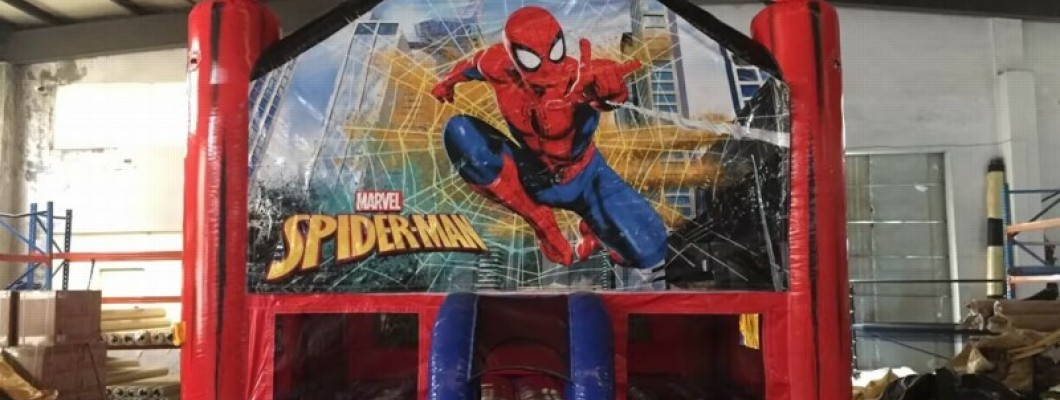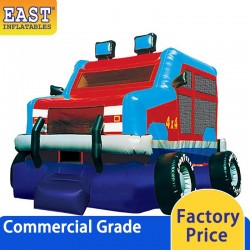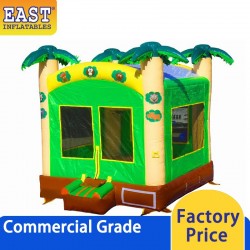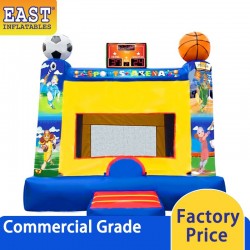
When it comes to choosing between a bounce house and a trampoline for kids, parents often find themselves weighing the benefits and drawbacks of each option. Both provide fun and physical activity, but they come with distinct features that might make one more suitable than the other depending on the specific needs and preferences of the family. Let's compare bounce houses and trampolines across several key factors to help make an informed decision.
Safety
Safety is a primary concern for parents when selecting play equipment for their children.
- Bounce House: Bounce houses are generally considered safe as they have soft, inflatable walls and surfaces that cushion falls. Most bounce houses are designed to contain children within the structure, reducing the risk of falling out.
- Trampoline: Trampolines can be safe if equipped with safety nets and padding. However, there is still a risk of injury from improper use, such as attempting flips or jumping off the trampoline. Supervision and safety accessories are essential.
Physical Benefits
Both bounce houses and trampolines offer physical benefits, encouraging children to be active and develop coordination.
- Bounce House: Jumping in a bounce house can improve cardiovascular health, balance, and coordination. The soft surface also makes it a low-impact activity, which is gentle on joints.
- Trampoline: Trampolines provide excellent cardiovascular exercise and can help improve balance, coordination, and muscle strength. The repetitive jumping motion can also aid in developing rhythm and timing.
Entertainment Value
Keeping kids entertained is a key factor when choosing play equipment.
- Bounce House: Bounce houses are often more exciting for younger children and can accommodate multiple kids at once, making them ideal for parties and group play.
- Trampoline: Trampolines can provide endless fun for kids of all ages. Older children and even adults may find trampolines more engaging due to the variety of activities and tricks they can perform.
Setup and Space
The practicality of setting up and the space required are important considerations.
- Bounce House: Bounce houses can be bulky and require a flat, open space for setup. They often need an air blower to stay inflated, which can be noisy and requires a power source.
- Trampoline: Trampolines also require significant space, particularly in height clearance. They typically have a more permanent setup, though there are smaller, indoor options available. Assembly can be time-consuming and may require multiple people.
Cost
Cost is a key factor for many families when deciding between a bounce house and a trampoline.
- Bounce House: The cost of bounce houses can vary widely, from affordable options to high-end models. Rentals are also an option for occasional use, making them accessible without a large investment.
- Trampoline: Trampolines can also range in price, with higher-quality models being more expensive. The initial investment might be higher than a bounce house, but they tend to last longer with proper maintenance.
Conclusion
Both bounce houses and trampolines offer unique benefits and can provide hours of fun and physical activity for children. The best choice depends on individual preferences, the age of the children, available space, and budget considerations. Bounce houses may be better suited for younger children and temporary setups, while trampolines can provide long-term enjoyment for a broader age range. Ultimately, ensuring proper safety measures and supervision can make either option a delightful addition to a child's playtime.




Leave a Comment